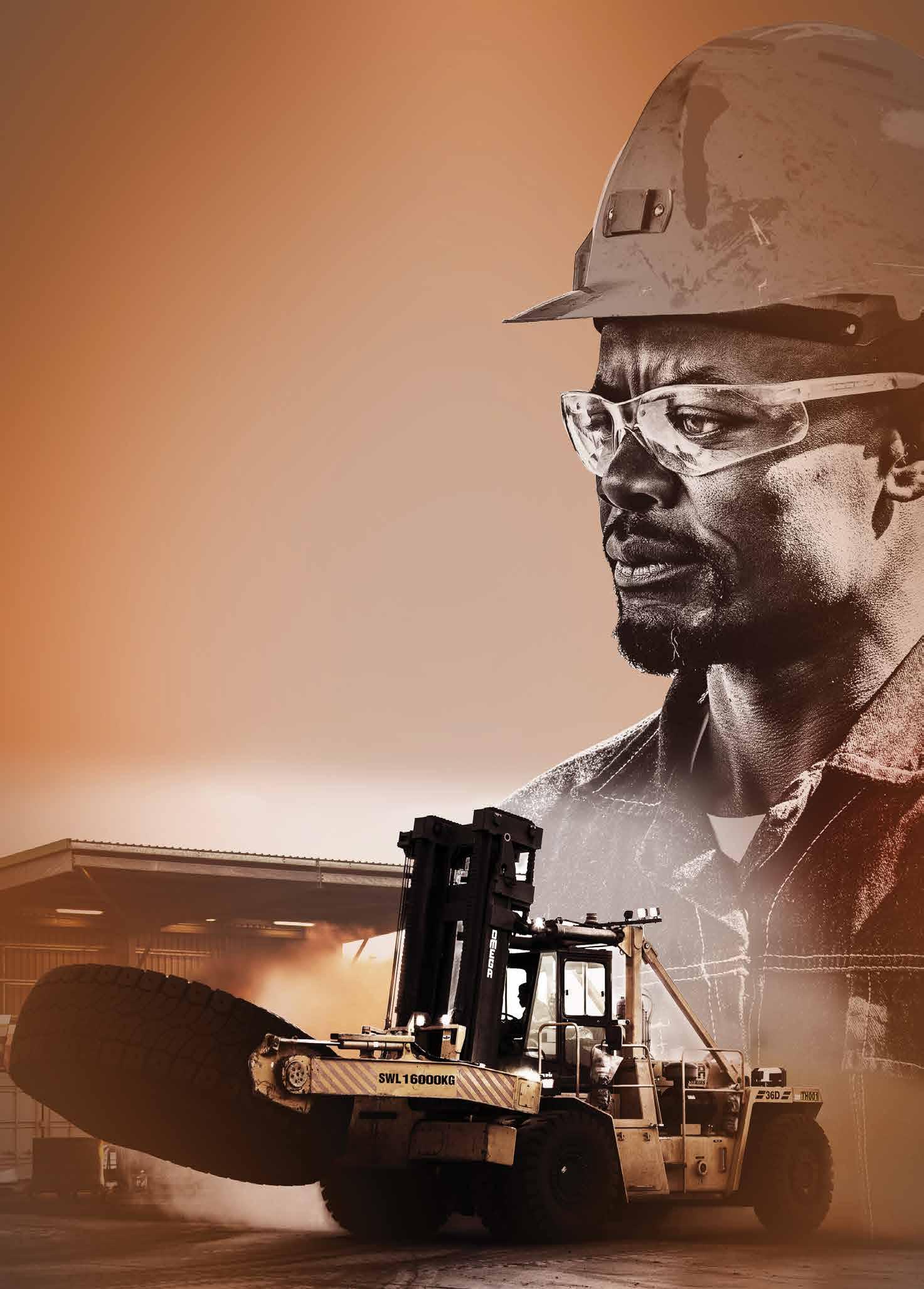
30 minute read
Navigating project financing in the new normal
NAVIGATING PROJECT FINANCING
IN THE NEW NORMAL
By Ogi Williams – Associate Director, In On Africa
The past year has been anything but uneventful for the global economy in the context of the “new normal” that we have all gradually adjusted to since last March. Like all other major drivers of economic growth and development, the African mining sector has had its fair share of dealing with the pandemic, though it has shown remarkable resilience even in these unprecedented times.
Performance among some of the majors was buoyed by stronger commodity prices, particularly in the platinum and gold sectors where investors flocked to mitigate the negative impacts of the pandemic.
This boded well for various African commodity markets including Cameroon, Ghana, South Africa and Zimbabwe in propping up struggling economies. However though positive in the short term, the overall sentiment held by investors regarding financing new project initiatives in the longer term has been one of muteness and caution.
Depending on how the pandemic progresses into 2021, various considerations will be taken into account by prospective investors looking at mining opportunities in Africa. Among others will be the possibility of new operations being shut down if the incidence of COVID-19 infections rises, which in turn will affect construction and production targets and the ability to meet financial obligations and covenants.
Additionally, it will strain the ability to visit project sites should there be travel restrictions imposed, which will have a further knock-on negative impact on the broader mining sector value chain, from logistics and transportation through to materials availability and equipment supply. In crafting viable financing strategies going forward it will be important to develop the right foundation for rebuilding lost growth.
EXPLORING IFI FUNDING AVENUES
The historical view of the African mining space has been one of exploitation of local
“for operators with long-term projects in the pipeline. – Williams


labour and environmental degradation to the benefit of international companies and foreign investors.
In recent years, however, a lot more emphasis has been placed on the way major mining companies are contributing in meaningful ways to development initiatives, and in particular their environmental, social and governance initiatives (ESG).
Though many have stepped up to fight, the current challenges posed by COVID-19 with donations of personal protective equipment, the longer-term strategies that a number have put in place concerning community development, and resilience, are being brought to the forefront.
Given the precarious investment climate yet pressing need to bring back economic >
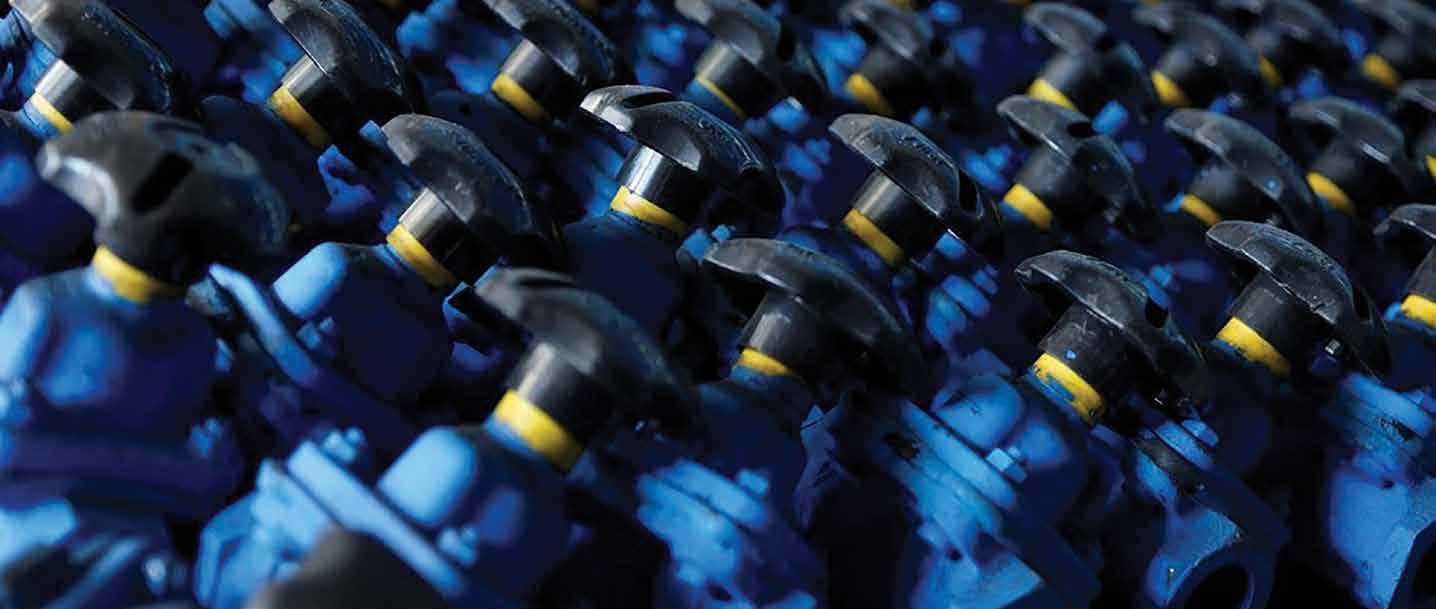


If its not INVAL, it’s not Invincible


There is a growing emphasis on ESG issues in mining.
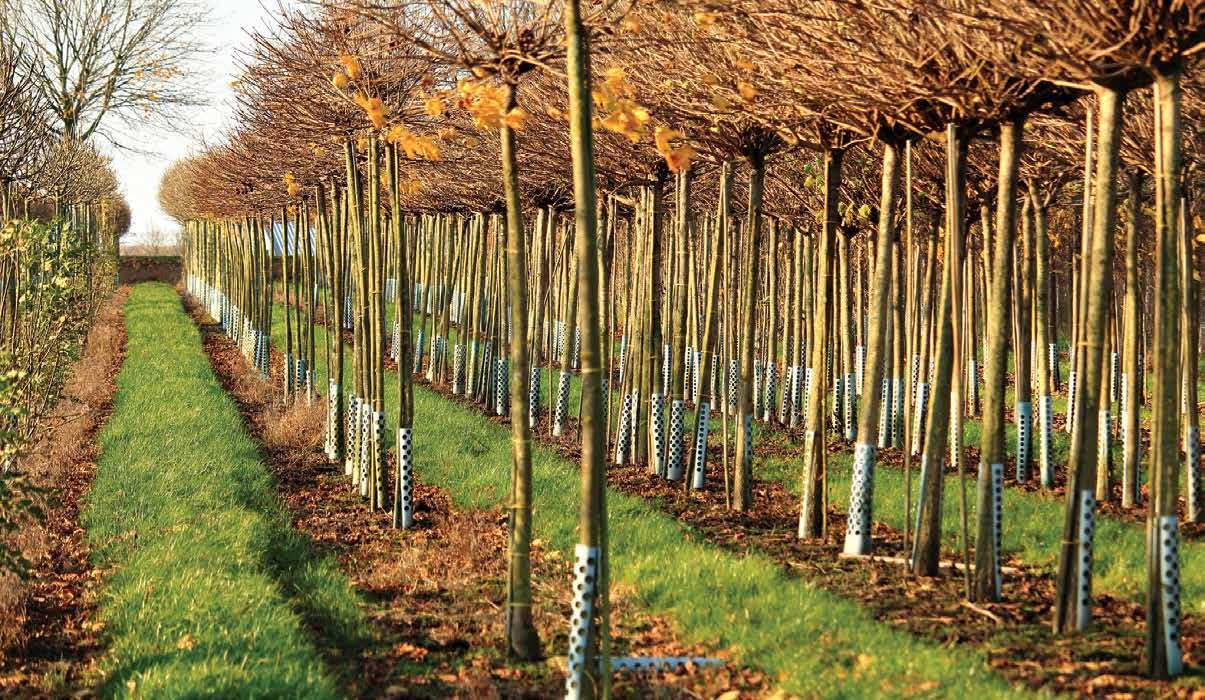
activity to pre-COVID levels, there is scope for international finance institutions (IFIs) to get involved in supporting mining initiatives that would have a stronger emphasis on local beneficiation.
Getting buy-in from major organisations like the African Development Bank (AfDB) and the International Finance Corporation, and even other bilateral agencies such as Germany’s KfW and GIZ, and Finland’s FinnFund, will aid mining companies to raise su icient capital and increase the financial viability of more risky projects.
The AfDB for one has been a supporter of the African extractives sector for some time through its African Natural Resources Centre and African Legal Support Facility (ALSF) which both look to facilitate the ability for African countries to secure beneficial mining deals. This strategy can be expanded on through more targeted roundtable discussions between the private sector, government and IFI stakeholders.
OFFLOADING NON-CRITICAL ASSETS AND CONSOLIDATING OPERATIONS
Bringing on board IFIs will in part address the need for liquidity in the sector given tight forecasted expenditures on new projects. Looking for additional financiers to provide for possible repayment moratoriums on interest and capital while also negotiating favourable lending rates are viable options to consider.
For their own part, mining companies need to also relook their balance sheets in optimising existing costs in freeing up working capital to capture on potential opportunities as they emerge over the course of the year. Non-core assets could be sold, with asset financing sought in opening up available cash flow to sustain operations.
Considering the volatility of markets at the present time, looking for asset financing will prove more cost-e ective than leasing, particularly for operators that have longterm projects in the pipeline.
In a parallel vein mining companies should also look to consolidate on existing operations in minimising their operating expenses, and redirecting resources towards more productive operations. Doing so will free up additional liquid capital for project investments, while also providing assurance to shareholders that risk exposure is being reduced.
CONNECTING THE DOTS
Though the new normal has had a considerably negative impact on the global economy, it also presents an opportunity to start anew in many respects. Constrained demand for minerals amid weak economic growth and a growing emphasis on ESG issues in the mining space are placing mining companies in a precarious position and requires careful consideration in managing all stakeholder expectations.
Even if mining companies are able to minimise costs in leaning out their expenses, they will still require financial support in getting new projects o the ground.
Should IFI funding avenues be sought without clear ESG targets in place, future project e orts are likely to run into various hurdles, both specific to host markets looking to eek as much local beneficiation as possible as well as global imperatives.
What is certain is that two other facets not discussed herein, namely mine automation/ digitalisation and the global energy transition, will exert their own influence as 2021 unfolds, thereby necessitating fast and decisive action on the part of all stakeholders. ■

CASH ON BOOKS
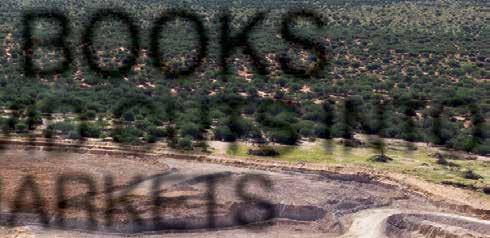
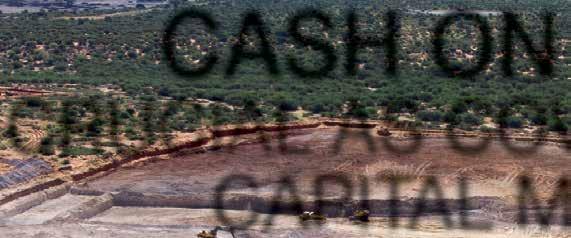
CRUCIAL AS COVID CUTS INTO CAPITAL MARKETS

By Vuslat Bayoglu, MD Menar

Access to capital at competitive rates will be one of the key manufacture of batteries for electric cars and storage of energy will factors that will determine the expansion of existing mining likely enjoy high demand and high prices in 2021. Producers in the operations and development of new ones. South Africa platinum group metals sector who stand to benefit from a high-price desperately needs to expand mining capacity in both ways cycle are those who have had access to capital to expand operations if we are to stand a chance of taking full advantage of the and improve production. commodity super-cycle that seems to have begun during COVID-19. The scarcity of capital in the face of a commodity boom might
Yet cheap capital is scarce, more so than it was before the drive some miners to capital-raising initiatives such as public listings pandemic hit us and threatened the sustainability of some mining or selling stakes or merge with operators that have the necessary operations. COVID-19 added to the constraints faced even by technical abilities and financial wherewithal to add value. It might the typical conservative lenders. Credit extension to commercial lead to some consolidation in the mining sector. enterprises was drastically curtailed as banks su ered from the surge The need for capital might also drive miners and their strategic in the number of non-performing commercial loans, making them equipment suppliers to find innovative ways to work together recoil from expansive granting of credit. to find solutions to developing new mines or expanding existing
Many of the banks adjusted their lending criteria so that they are operations. Those miners and equipment suppliers that had built more stringent. The banks also provided relief to their distressed these innovative relationships during hard times are better placed corporate clients who needed to maximise the benefits when it. Repayment holidays granted upscaling becomes critical amid to businesses amounted to constraints to capital availability. the tune of R14-billion by the Development finance second half of 2020, according institutions such as the Industrial to the Banking Association of Development Corporation could South Africa. consider assisting struggling
The South African Reserve operators by combining financial Bank underwrote a loan support with operational guarantee scheme administered support, drawing from existing by commercial banks and it industry operators that have was expected it would disburse proven to be resilient in the wake R44-billion in commercial loans East Manganese will replicate of COVID-19. by the end of January 2021. Menar’s low-cost operating model. Coal mining, the sector that Although it is not clear how many people are increasingly much of the total loans went happy not to talk about despite to mining enterprises, there the clear need for coal in the is no doubt that distressed foreseeable future due to it mining companies, like other being a source of cheap and enterprises, would have reliable electricity, will continue required access to working to su er the most in terms of capital to stay afloat. lack of funding. This is because
Access to capital will have an banks and fund managers have impact on whether or not South adopted resolutions to divest African mining companies from coal due to climate change take full advantage of the next commodity boom that is likely Menar has invested over R250-million in its East Manganese project. concerns. This will leave room for agile to take place post-pandemic. coal mining operators to invest Commodity prices are expected using self-generated capital. Coal to surge due to government-backed economic stimulus packages mining operations under our group have been operating through this that focus on the Keynesian approach to economic recovery: self-financing model, making it easy to take decisions and also ensuring aggregate demand through, among other initiatives, infrastructure that costs are kept as low as possible in both good and tough times. development. Companies that produce minerals that are critical for As we diversify the group to other minerals, we hope to replicate as infrastructure development such as manganese, iron ore and chrome far as possible this tried-and-tested model. It has helped us survive will probably benefit from the expected demand. the hardest times of COVID-19. We are certain it will help us well into
And companies that produce minerals that feed into the the future – uncertain or not. ■
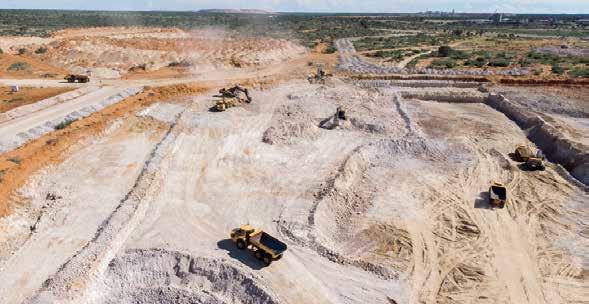
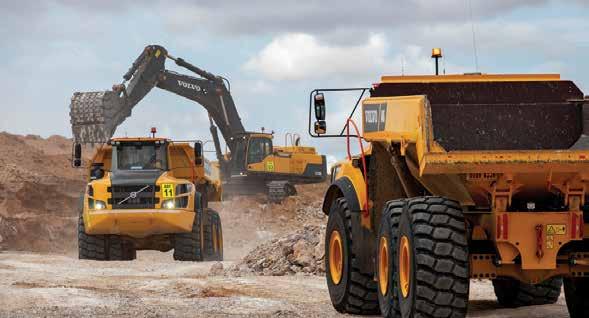
MINERALS COUNCIL SUPPORTS #PAYIN30 INITIATIVE
The Minerals Council South Africa recently added its voice to those of Business for South Africa (B4SA), the SA SME Fund, and Business Leadership South Africa (BLSA) with the call for the payment of small and medium enterprise (SME) suppliers in 30 days. The Minerals Council committed to doing so and urged members to follow suit.
Minerals Council South Africa CEO Roger Baxter noted that South Africa’s economic crisis, worsened by the COVID-19 pandemic, had been taking a high toll on SME enterprises.
“While we recognise that all sectors of the economy have been a ected, the fact is that SMEs are likely to be less resilient in the face of cash-flow constraints. Just as our industry has worked so hard to develop a thriving network of SME suppliers around its businesses, so too we are sure that they will do all they can to support and grow this network during these trying times.
“Growth in SMEs is a fundamental cornerstone of a thriving economy and can be a significant driver of inclusive economic activity and job creation. A number of Minerals Council members have already committed to this initiative, and I am certain that more will follow in the coming days.”
RESOLVING MINING-ROYALTIES DISAGREEMENTS
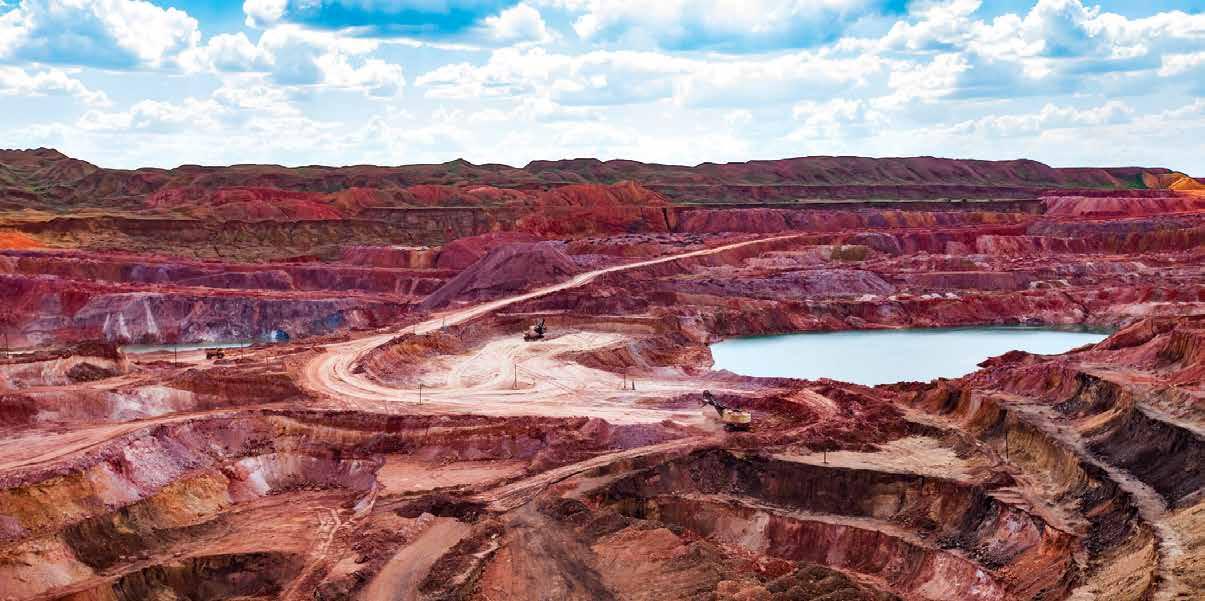


Surface mining industry association ASPASA says that critical consultations are under way to deal with the sensitive matter of the payment of royalties as well as the application for nonprecious materials that are mined and processed as building materials or other low-value commodities.
ASPASA represents this end of the mining industry where the determination of the value of minerals removed from the earth is fraught with complexities and disagreement. Most recently the association took on the South African Revenue Services (SARS) over its interpretation of where value should be determined.
ASPASA director Nico Pienaar explains: “We had been involved in the issue of the calculation of the Royalty Act for many years and even developed a guideline document which was used by our members to calculate the value of minerals at ‘muckpile’ level. SARS then changed their mind and wanted to add steps in the process.
“Then while the same argument ensued a legal battle to determine where value should be calculated began between SARS and United Manganese of Kalahari (UMK) and SARS lost the case. Now the question is, should SARS not want to agree to allow the industry to continue with the muckpile method, do we as an industry through ASPASA defend the stance?
“Companies need to indicate their objections to this, alternatively it will be assumed that everyone is satisfied with SARS’ interpretation. If we do decide to defend our muckpile stance, then legal costs may be incurred and we may need assistance from the industry.”



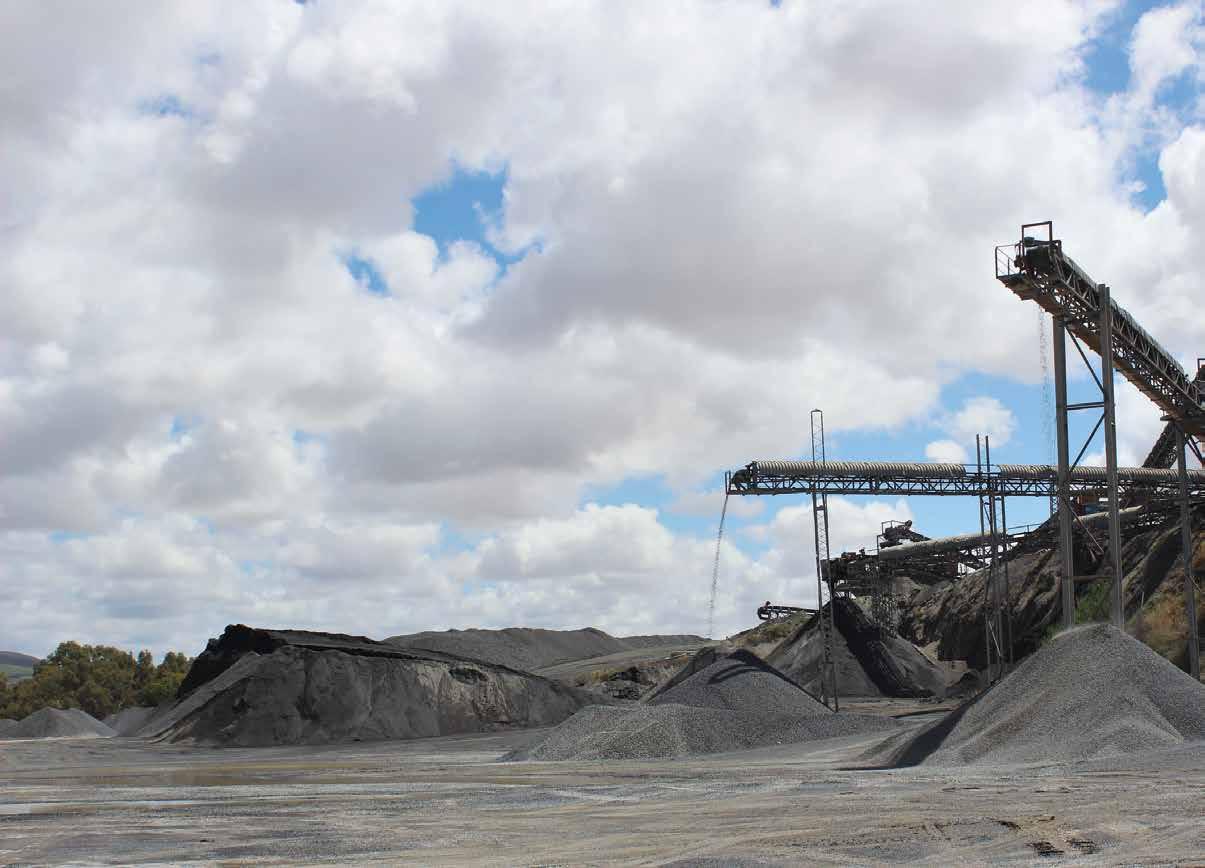
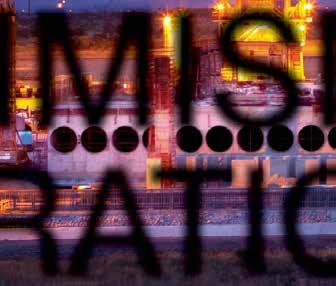
OPTIMISING OPERATIONS
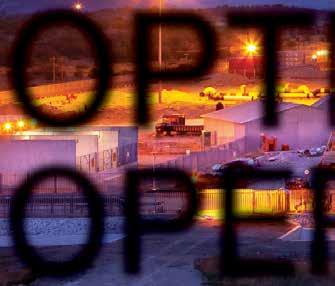
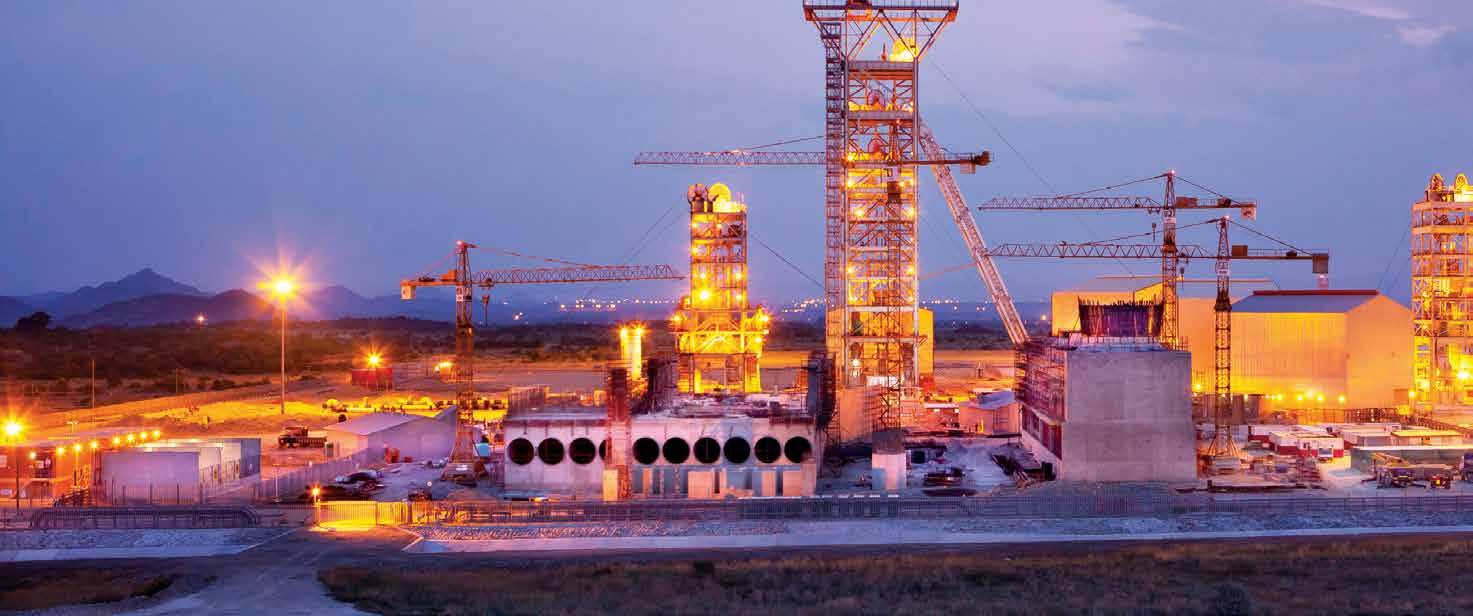
TOWARDS SUSTAINABILITY
Worley continues to seek solutions that accelerate their customers’ transformation towards sustainability. As we head into a digitalised future, business sector manager for Mining, Metals & Minerals (MM&M) Gladwin Mfolo explains how Worley is helping customers optimise their operations in a more sustainable, technologically focused world.
By placing sustainability at the fore, Worley is supporting customers through innovation and digital solutions to improve their assets and unlock future business potential. The company has played a major role in delivering complex projects in the energy, chemicals and resources sectors across the world, helping customers rise to challenges, and creating solutions where none existed.
Recognised globally for its achievements in the hydrocarbons industry, Worley’s Southern African focus has largely been on the mining, metals and minerals and refining and chemicals sectors, with engineering services ranging from conceptual design right through to construction and project management.
More recently, renewable energy has come into the spotlight as businesses look to reduce their carbon impact on the environment and advance towards sustainability goals.
Energy transition is “ fundamental to
“Worley’s growth strategy. – CEO of Worley, Chris Ashton
TOOLS TRANSITIONING US TO RENEWABLES
Mfolo says that Worley is well equipped to tackle the transition towards renewable energy using the latest technology and digital tools. “We need to become more in sync with nature by producing energy from sun, wind and water that’s sustainable, smart and has minimal environmental impact. We’re here to help our customers start the transformation journey and see it through to its completion.”
This journey begins with Worley’s Technology & Expert Solutions (TES) and Advisian teams. Combining management consulting and technical consulting expertise with real-world experience, these teams help customers answer questions such as how the latest available technology can optimise operations, particularly with regards to customers’ energy usage, and when a return on investment can be expected.
Optimal energy solutions, especially for mines, play an important role in this process, with the aim of developing low carbonproducing infrastructure and ultimately using sustainable, zero-carbon energy.
South Africa’s mining industry is under increasing pressure to switch to alternative energy sources in order to reduce its dependence on fossil fuels, keep miners safe, and meet production targets. This is where Worley’s distributed energy systems solutions can add immense value, by providing easy, cost-e ective optimisation for complicated, multi-streamed energy systems.
Once optimal solutions have been identified, Worley provides technical design, concept and feasibility, engineering and project delivery – all underpinned by the goal of building sustainable operations.
“Technology is at the core of what we do and we want to incorporate this into any
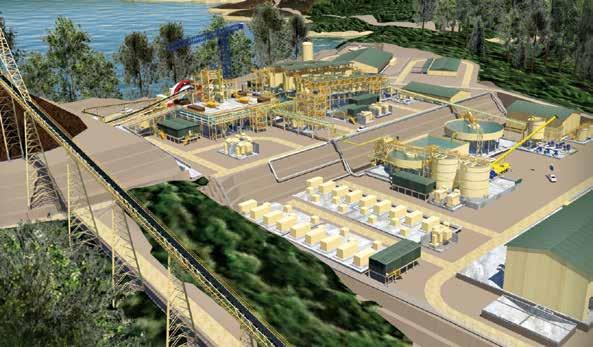




project we’re involved in,” says Mfolo. By harnessing the digital tools from artificial intelligence, predictive analytics, building information modelling (BIM) and robotics to solve industry challenges and break down barriers to progress, Worley helps its customers keep pace with change and use of technology in the various industries it services.
With BIM for example, Worley brings concepts to life, creating digital replicas that begin in 3D and can advance to 7D. Mfolo explains that a “digital replica” is essentially an operational data-enhanced virtual or augmented reality model of the designed facility. The information builds in value as the project stages progress until the complete data set is handed over to the customer at the conclusion of a project, ready for operation.
He adds that the aim of Worley’s digital value chain is to get customers to the point of using technology automatically, bringing solutions to the table that wouldn’t have been there before.
SPEEDING UP DIGITALISATION

Mfolo believes the COVID-19 pandemic has emphasised the importance of digitalisation as a key driver in development, and that South African businesses are increasingly ready to accept the transition. The company is seeing a greater interest in sustainable energy solutions, and he says Worley has already undertaken projects in this regard.
“More and more of Worley’s customers are expressing interest in gaining a better understanding of the energy transition process as we move from fossil fuel power to solar, hydro and other renewable options. We want to help our customers reach their sustainability goals and have deep global expertise in this regard,” says Mfolo.
As a global business, Worley has the capacity to be localised while leveraging world-wide expertise, drawing on local knowledge from South Africa, and global experience from its technical experts. This allows the business to streamline ideas, grow and implement a concept, and execute services – all under one global roof.
“We can o er customers optimal asset growth as well as sustainability. Each solution is customer-specific – there’s no one-size-fits-all approach,” says Mfolo. And what about the e ects of the pandemic? “Yes, COVID-19 has changed the way Worley provides and delivers services, but how we execute projects remains the same. We’re a global business, so we had already streamlined remote collaboration from di erent locations. This has been one of Worley’s major strengths in overcoming the restrictions that COVID-19 has placed on the world,” says Mfolo.
During a recent interview, CEO of Worley Chris Ashton summed up Worley’s future goals by saying the business is committed to developing a more sustainable world for future generations. He believes this can be achieved by putting Worley’s passion, skills and beliefs at the centre of some of the biggest challenges on the planet.
Mfolo echoes this optimistic outlook towards a future world where digital and sustainable energy solutions go hand in hand. “Energy transition is fundamental to Worley’s growth strategy. We’re working towards a sustainable world, not only for our partners and shareholders but also for our environment and communities. It’s a gradual process, but taking the first step is the most important part,” he concludes. ■

Gladwin Mfolo.
At the CESA Aon Engineering Excellence Awards 2020, engineering consultant Zutari won in the category of projects with a value between R250-million and R1-billion for the upgrade and extension of the Stellenbosch Wastewater Treatment Plant.
The project saw the introduction of a full biological nutrient removal process capable of handling up to 35 million litres a day average dry weather flow and ensuring compliance with the National Water Act.
The fully automated plant included innovative features such as a sophisticated control system, odour eradication and energy-e icient technologies, all in the context of sustainable design. It is currently the largest membrane bioreactor plant in South Africa. The incorporation of membrane technology has significantly improved the condition of
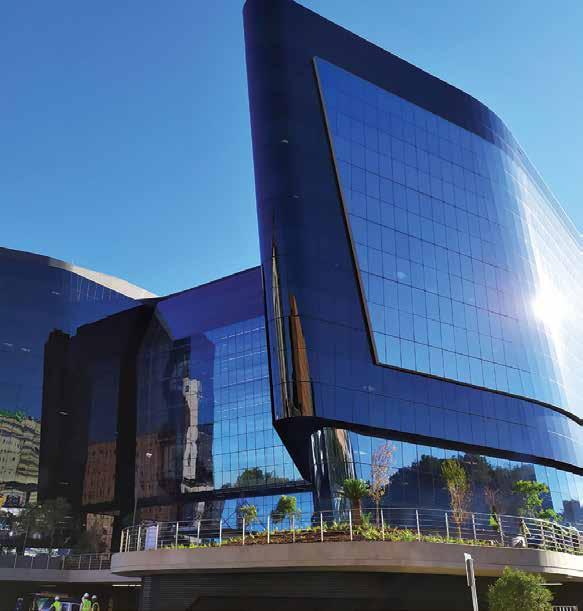
Kashimbila multipurpose dam and substation in Nigeria.

144 Oxford Road in Rosebank.
the Eerste River and the quality of water available for users.
Zutari also received a commendation in the same category for 144 Oxford Road in Rosebank, Johannesburg, for client Growthpoint Properties. At the SAICE Awards 2020, Zutari won in the Technical Excellence Category for the raising of the Garden Route Dam Wall by 2.5m. This not only adds much-needed drought resilience to the water-supply system in the area – it also minimises any environmental impact, the company says. In the Community-Based Project category, Zutari won for its work at the Emergency Shared Basic Services project as part of the Upgrading of Informal Settlement Programme process in Mossel Bay. The project benefited more than 6 000 households in 28 identified informal settlements.
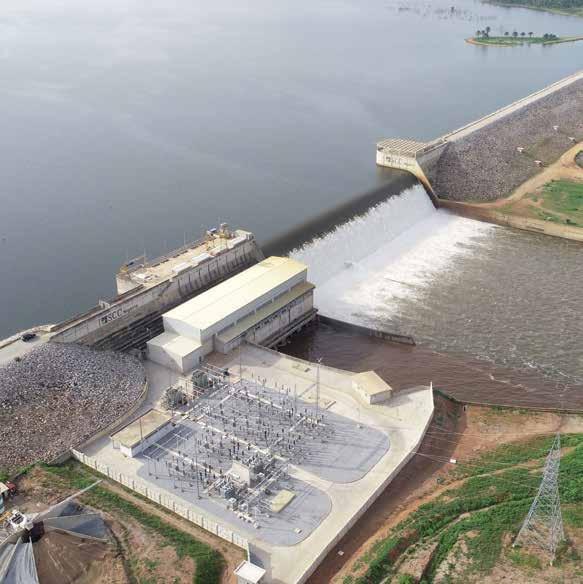
STM-SCREEN FOR HIGHVOLUME SCREENING NEEDS
As mine sizes and the subsequent tonnages handled have grown exponentially in recent years, so has the size of screens to address the increasing comminution circuit capacities.
In line with the increasing tonnages, material handling/ processing equipment has also increased in size, resulting in 400-tonne haul trucks, 2 000kW crushers, 12m SAG/AG mills, 8.5m ball mills, 3 000m3 flotation cells, and 12.5MW high-pressure grinding rolls (HPGR) becoming the new norm at mines globally.
According to Etienne Swanepoel, national sales manager at IMS Engineering, screening is one of the most important steps in the production cycle, and has to ensure high-quality screening curves of end products in accordance with standards. It is therefore imperative that the process be executed in the most e icient manner.
To meet these growing demands IMS Engineering o ers a General Kinematics’ STM-SCREEN designed to handle higher tonnages at circuit design e iciencies. The STM-SCREEN Two-Mass vibratory screens use General Kinematics’ proven Two-Mass, natural frequency drive design. This design is load-responsive and capable of longer material retention times to work the material more.
“This means you can get more screening accomplished in the same footprint as your old brute force screens. Dual in-board vibratory motors eliminate expensive belts, sha s and bearings. The patented modular design uses a centre spline to significantly increase structural integrity and allows for easy assembly and disassembly for quick transport and installation.”
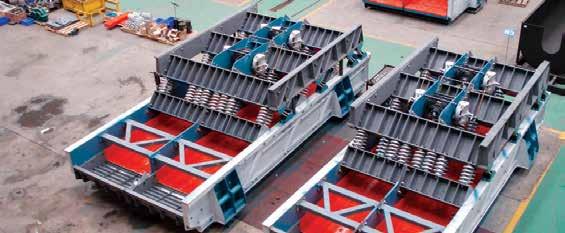
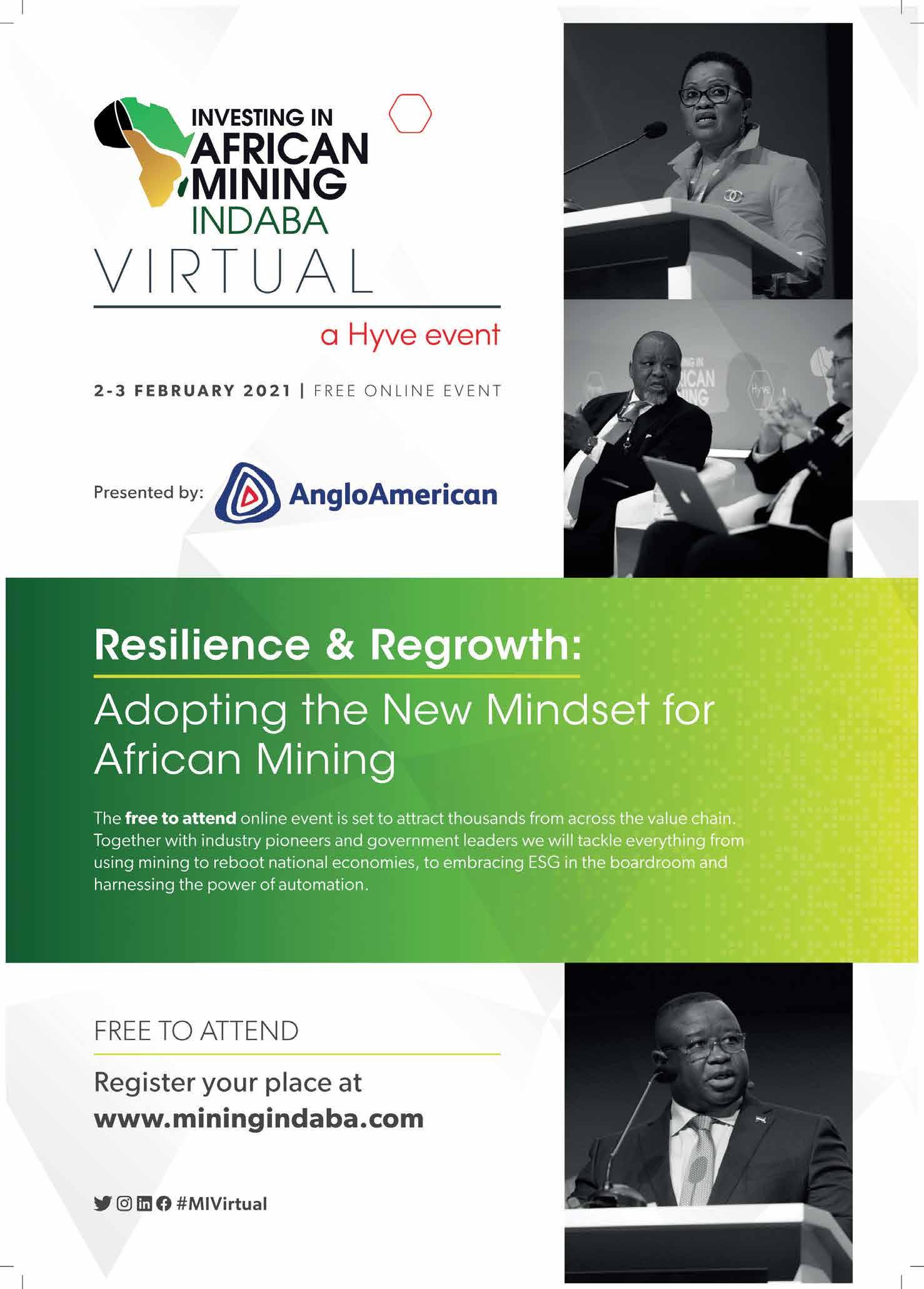
BANG FOR
YOUR BUCK

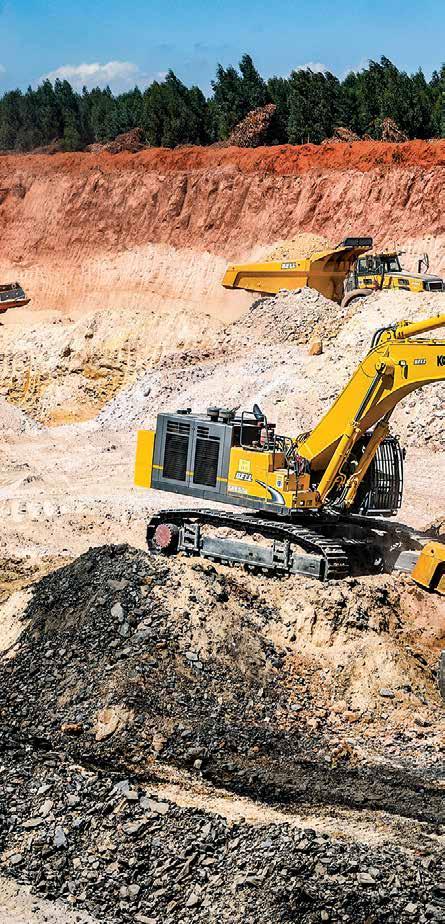
Bell Equipment launches innovative products in 2021

By Nelendhre Moodley
COVID-19 has been associated with many negatives. However some positives have also emerged from the pandemic, including an increased focus on innovation and technology. SA Mining recently spoke to Bell Equipment South Africa’s CEO Leon
Goosen about some of the latest innovative developments under way at the company.
WHAT HAS BEEN THE IMPACT OF COVID-19 ON THE EQUIPMENT MARKET AND BELL EQUIPMENT IN PARTICULAR?
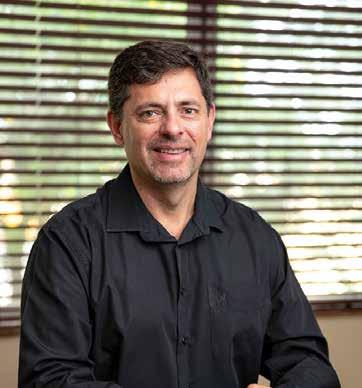
COVID-19 has created a unique operating environment for everyone, not just the equipment market. We’ve had to change the way we operate to ensure that we meet government regulations and our own protocols in terms of the virus.
While Bell has not been immune to the impact of COVID-19 on the business and our people, we are grateful for the low rate of infection among our employees. We largely attribute this to the timely and stringent protection measures that were implemented across all operations and adherence by our employees and stakeholders.
As a supplier of essential services to agriculture and mining, particularly coal mines supplying Eskom, our business was able to continue with a higher degree of normality than many other industries.
We were also fortunate that a large portion of our workforce was able to work remotely during the initial lockdown, which helped to lessen the impact on the business.

The forced integration of “ technology has taken us forward in leaps and bounds “ and helped to streamline processes. – Goosen
Leon Goosen.
There were inevitably some supplier and supply chain disruptions, but these have mostly been addressed and we continue to monitor our supply chains from Europe and the US where there are signs of an increasing infection rate.
© press © press
HAVE THERE BEEN ANY POSITIVES TO COME OUT OF THE PANDEMIC FOR EQUIPMENT MANUFACTURERS?
For Bell Equipment, one of the greatest positives has been the way in which our employees have pulled together to make the most of the di icult trading conditions and the challenge of the virus to ensure that our customers continue to receive a quality service during this trying period.
From a customer perspective there is still nothing better than face-to-face contact, but the forced integration of technology has taken us forward in leaps and bounds and helped to streamline processes. Previously we would fly to Johannesburg for meetings, but the pandemic has proven to us that remote working and cooperation is feasible and e ective by using the available technology to our advantage.
Although not a result of the pandemic, there has been a gathering of momentum for autonomous developments and it has shown us how close to the market we are in this regard. We thought that autonomous development was still in the early adopter stage, but during COVID-19 we’ve seen an increase in market awareness and real enquiries.
WHAT IS BELL EQUIPMENT’S OUTLOOK FOR THE EQUIPMENT MARKET IN 2021? WHAT WILL BE THE DRIVING FACTORS?
During 2021 we will be looking for growth from a relatively low base and we’re not expecting any fireworks. We are cautiously optimistic that governments will be spending


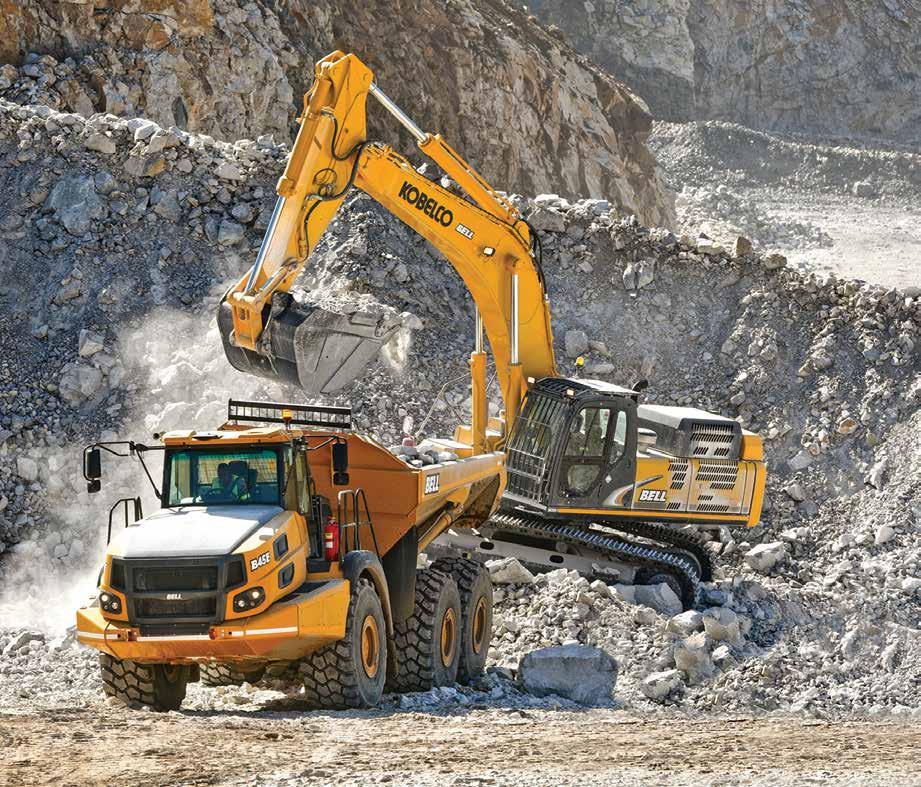
The B60E, teamed here with a Kobeco SK850 Excavator, provides a cost-e ective and e icient haulage solution. The Bell range of ADTs is complemented by a full range of solutions.
“We are optimistic that governments will be spending money on economic recovery. “ –Goosen
money on economic recovery a er the pandemic and infrastructure development is a catalyst for economic development. A er several dire years for the construction industry in South Africa we are hoping to see some real growth in this sector and an increased demand for equipment.
WHAT NEW DEVELOPMENTS, INCLUDING PRODUCT LAUNCHES, DOES BELL EQUIPMENT HAVE SCHEDULED FOR 2021?
We’re currently in the testing phase of our new-generation low-profile articulated dump trucks for underground mining, which we are excited about. There are two models, the Bell B30L and the B35L, and both feature a new le -side mount cab and include all our standard features for safety, productivity and machine protection.
This includes keyless start, hill assist, speed control, bin tip prevention, auto park application (APA) and turbo spin protection to protect the engine. Onboard weighing is now standard on these trucks and Bell Equipment’s proprietary fleet management so ware, Fleetm@tic®, enables machine owners access to daily production figures.
In addition to delivering on our lowest cost per tonne philosophy, these trucks also have an “autonomous ready” platform that is easily configurable for remote operation either by a handheld remote control or a more sophisticated autonomous control centre.
In March 2020, before the hard lockdown, we were able to showcase our new Bell Tracked Carrier at ConExpo in Las Vegas, US, which is a niche solution for so underfoot conditions. The machine will be manufactured in our Richards Bay facility and is available as either a seven-tonne or 11-tonne truck and can be fitted with either a dump body or a flat deck.
We are excited about putting units on the ground in the United States next year and seeing where this development leads in terms of other potential new markets.
FROM AN INNOVATION AND TECHNOLOGY POINT OF VIEW, HOW ARE CUSTOMER REQUIREMENTS SHAPING THE INDUSTRY?
Our strength in the past has been listening to our customers, which has got us to where we are today. No one knows the application, the developments and innovations that are happening in the industries where our machines are operating better than our customers. Listening to them to understand the industry requirements is the best way to stay on top of what innovation and technology is needed.
When customers consider an original equipment manufacturer (OEM), there are two main elements: the cost per tonne that they get from a machine and the relationship they have with the OEM. The relationship element is becoming more and more challenging due to factors like institutional buying, so we need to constantly push the boundaries to make sure the cost per tonne element is there.
To provide lowest cost per tonne solutions throughout a machine’s lifecycle, Bell is always looking at ways to optimise the cost of a machine and the maintenance thereof, while at the same time building on quality, reliability and durability to deliver residual value.
HOW IS BELL EQUIPMENT ALIGNED WITH TECHNOLOGY AND INNOVATIVE DEVELOPMENTS?
Our philosophy of listening to our customers has seen us pioneering various technologies and innovative developments. We were first to market with a telematic fleet management solution on our articulated dump trucks, known as Fleetm@tic®. We were the first manufacturer to o er an onboard weighing solution, which is standard on our trucks and works with the Fleetm@tic® technology. To improve the accuracy of our onboard weighing, we fitted inclinometers and saw an opportunity to use this technology to also increase the truck’s safety functions with i-Tip that automates the speed of the tip and Tip Safe that prevents tipping at unsafe angles. In this way we’ve stayed at the forefront of ADT technology. In terms of speed controls, speed limits, slope control and geofencing, we can now limit the speed in specific areas of a site based on the incline of a slope. If an area is steeper than a certain percentage downhill then the truck will automatically brake through the retarder and reduce the speed so that the truck travels at a safe speed on that slope, which has massive benefits in terms of safety. > www.samining.co.za SA MINING JANUARY / FEBRUARY 2021 31

TRANSPORT & EQUIPMENT
We’re currently testing“ new-generation low“ profile articulated dump trucks for underground mining. – Goosen
This is set within the central display unit in the cab and can be set up according to whether the truck is laden or unladen, giving almost endless control of the machine.
To comply with PDS (Pedestrian Detection System) regulations we needed electronic control of certain functions, for example brakes, to create electronic control within the truck. Once we had achieved that, it was easier to expand the electronic control to steering and accelerating.
This then led to creating an interface for external companies to test how their so ware controls a ect our machine so that they can calibrate their controls to get the correct response from our truck. Using open-source technology allows customers to choose any service provider so that they can have full integration on their site.
We have trucks working on an autonomous test site in a quarry in Europe where they are performing well and our new low-profile trucks for underground mining also have an “autonomous ready” platform. ■
Volvo Trucks Southern Africa recently brought in two liquefied natural gas (LNG) trucks for local testing. The gas-powered trucks were specifically developed for heavy regional and longhaul operations, the company said.
“Many of our customers already work hard to reduce their environmental footprint. We therefore see a clear potential for LNG units as a vital part of the solution,” said Marcus Hörberg, VP of Volvo Group Southern Africa. “Our vision is that trucks from Volvo will eventually have zero emissions, although the way of achieving that is not by one single solution but rather through several solutions in parallel.”
Natural gas has promising potential as a substitute for diesel in trucks, with a good supply globally, and increasing availability locally. “The new gas-powered Volvo FH LNG drives and performs just like the Volvo FH you know,” added Eric Parry, product manager of Volvo Trucks Southern Africa.
“By using LNG rather than compressed natural gas, it is possible to carry larger quantities of fuel and thus ensure the necessary operating range for long-haul assignments.”
The latest generation Bell LowProfile Articulated Dump Truck.
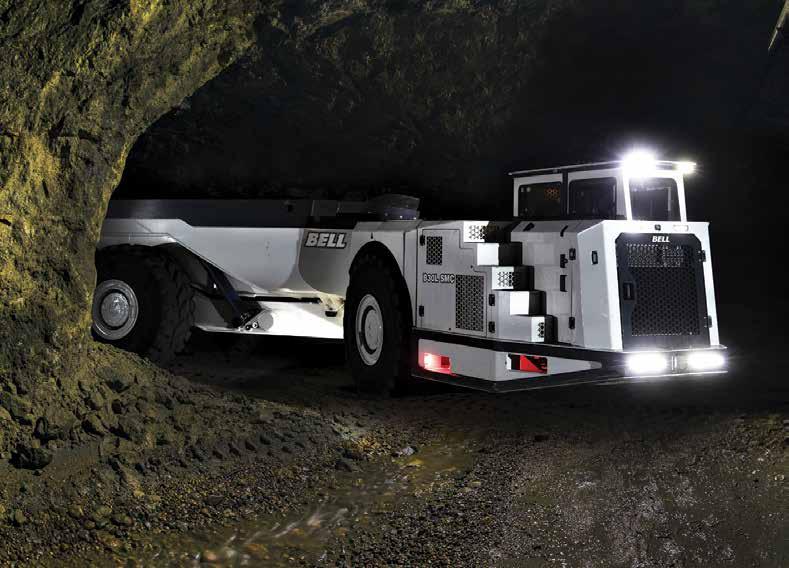
ANGLO AMERICAN ADDS LOWEMISSIONS FLEET TO OPERATIONS


Mining major Anglo American recently introduced liquefied natural gas (LNG) into its chartered fleet when it awarded a 10-year charter contract for four LNG-fuelled capesize+ vessels. The new-build LNG vessels o er significant environmental benefits, including a c.35% cut in CO2 emissions compared to standard marine fuel, the company said.
“Anglo American is committed to reducing emissions from its ocean freight operations and to playing a leading role in shaping a more sustainable future for the maritime industry. The agreement is aligned with Anglo American’s goal to be carbon-neutral across our operations by 2040,” said Peter Whitcutt, CEO of Anglo American’s marketing business.
“LNG is a readily available, commercially viable, lower-emission solution which, combined with innovative technology designed to eliminate unburnt methane, will allow these new builds to provide a much improved environmental and more e icient performance.”

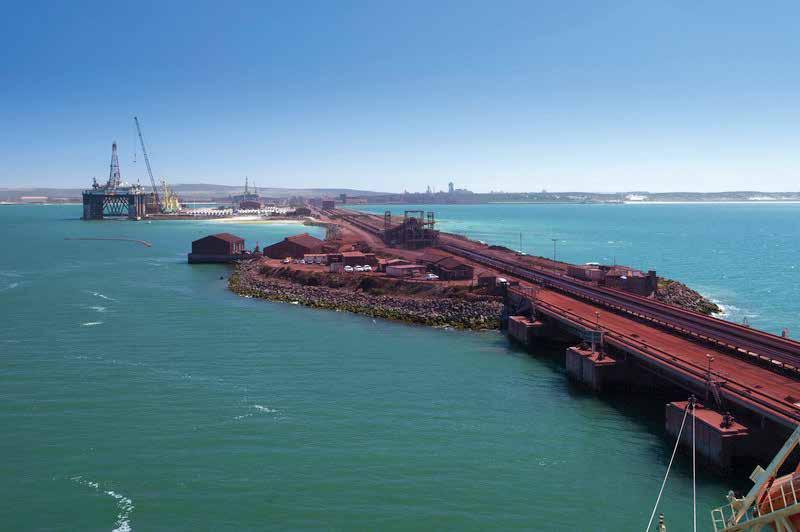
VOLVO TRUCKS STARTS LOCAL LNG TESTING
EXPECT MORE AT EVERY STAGE OF MINING TYRE LIFE
Whatever your goals - reducing costs, improving uptime or fulfi lling sustainability commitments - Kal Tire’s Mining Tire Group has solutions to help achieve your targets and bring measurable value at every step. With productivity expertise and innovation, and highly trained people to safely and consistently execute to standard, our mining tyre management approach leaves nothing to chance.

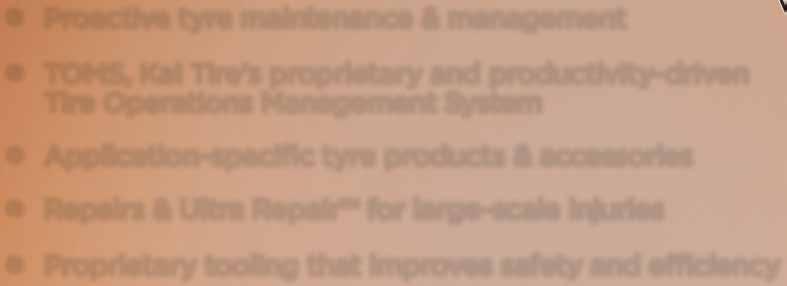
Proactive tyre maintenance & management TOMS, Kal Tire’s proprietary and productivity-driven
Tire Operations Management System Application-specifi c tyre products & accessories Repairs & Ultra Repair™ for large-scale injuries Proprietary tooling that improves safety and e ciency
